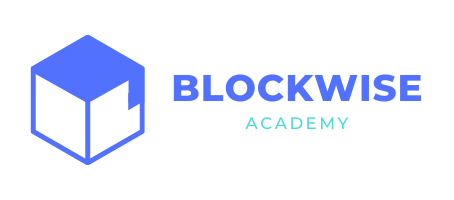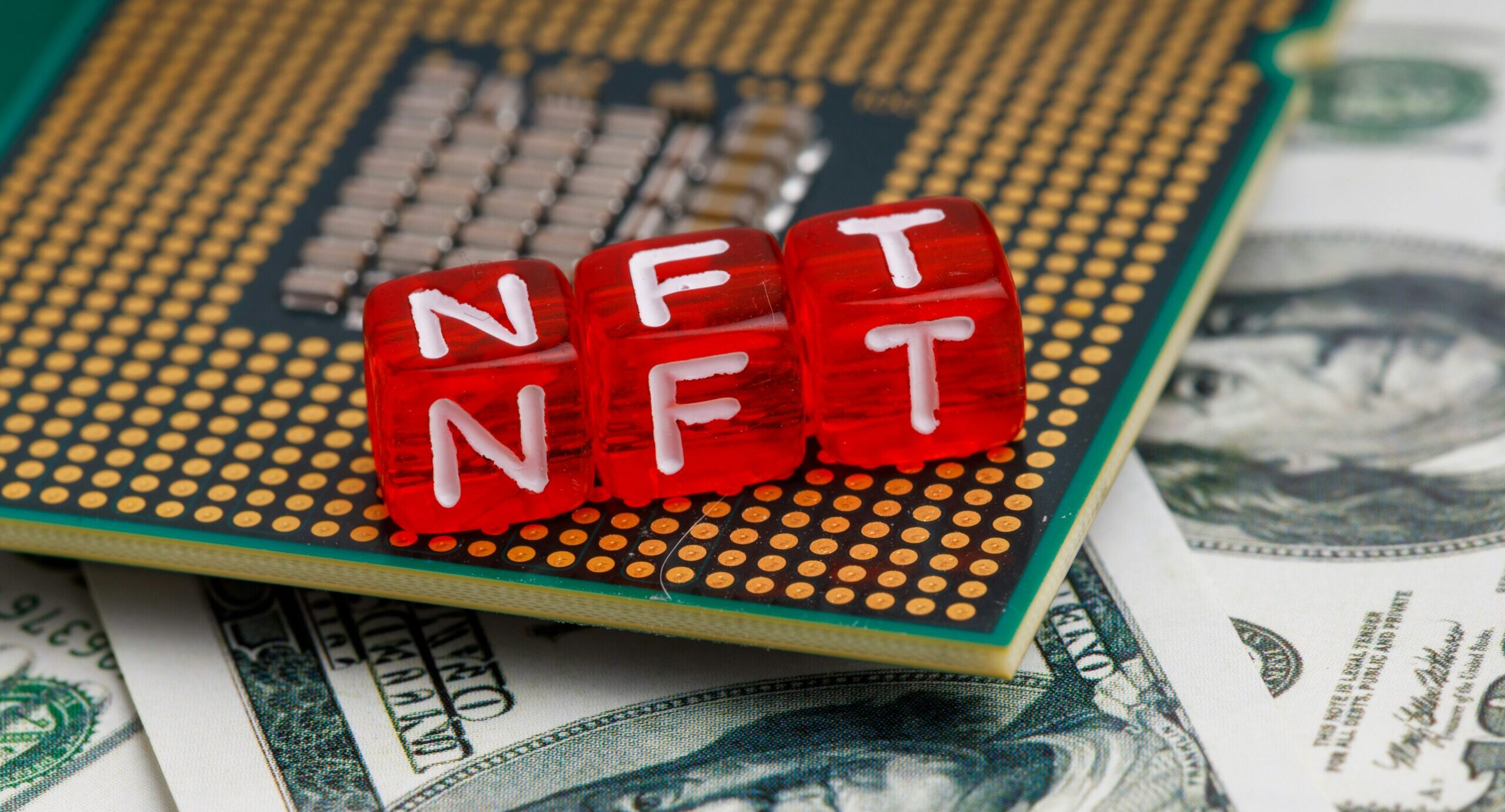BlockWise
- 05 Jan, 2022
- 0 Comments
- 6 Mins Read
What does an NFT do? 9 use-cases for NFTs
Introduction
By now you will presumably be well aware of the boom in popularity of non-fungible tokens (NFTs).
Before NFTs, creating digital scarcity for assets was incredibly difficult. Copyright protection could easily be ignored by those copying and pirating digital work. Thus far, digital collectibles and digital art have become the most dominant uses of this new technology. But this is just the beginning…
NFTs are now widely being adopted as a certificate of authenticity to permit access to exclusive content and perks. We can expect to see even further use cases emerge as the NFT industry matures.
But what exactly is next?
Below are 9 examples of current and future applications of NFTs, ranging from gaming to DeFi applications to earn you more $$$.
Art
NFTs as art provide value by having digitally verifiable authenticity and ownership recorded on the blockchain. Sure, you can screenshot the image, but the value comes from being able to prove that you own the original.
Often, the value isn’t even about the attached artwork, but instead from provable ownership of that particular asset. This aspect is what makes crypto art one of the most popular NFT use cases out there.
This area of NFTs has rocketed due to it being a fun and visualizable application that is easy to understand in a way that many blockchain concepts are not.
Collectibles
There is a fine line between NFTs as collectibles and as art pieces. Often an NFT can be both.
To help explain this, we can use crypto advocate and twitter co-founder, Jack Dorsey. Jack Dorsey sold his first tweet for a cool $2.9m to a Malaysian businessman (with the profits going to the GiveDirectly Africa fund).
Jack Dorsey’s first tweet is an excellent example of an NFT collectible. While a Bored Ape is visually artistic, Dorsey’s NFT has value purely for its collectability. It’s essentially the digital version of a signed autograph.
Finance (utility NFTs)
It’s easy to forget that not every NFT derives value from a song, picture, or collectible item. In decentralized finance (DeFi), NFTs also provide unique financial benefits. Most will have some artwork too, but their value comes from their utility.
Let’s say you’re in the lucky position to own a $5m Bored Ape NFT, but you need to free up some cash for groceries… No problem! You can use your NFT as collateral for a loan.
Another example is BakerySwap’s NFTs. On BakerySwap you can purchase NFTs of ‘food combos’ that can increase the amount you can earn from staking your $BAKE. Similarly, projects like CyberKongz and Chikn offer the ability to stake their NFTs in exchange for tokens. This provides a passive income stream for the holders of these NFTs.
Gaming NFTs
Gaming has a huge demand for unique items that are tradable and purchasable. Their rarity directly affects their price, and gamers are already familiar with the idea of valuable, digital items.
The new model for gaming touted by crypto enthusiasts is “play to earn.” Players play games to earn NFT items that can be sold on external marketplaces to earn them money.
Axie Infinity is the most prominent example of gaming NFTs, with a valuation of $3 billion and 2 million daily players. Users can sell Axies (Pokemon style monsters), or SLP (smooth love potion) won during battles.
Music
Several prominent people in the music industry such as Snoop Dogg and Kings of Leon have already entered into the NFT space creating art collectibles to monetise content. However, this section focuses on the use cases for attaching audio to an NFT to create a collectible piece of music.
A big issue for musicians is getting a fair share of royalties. Blockchain-based streaming platforms and blockchain royalty tracking are trying to disrupt this industry and ensure artists get their fair share.
Another exciting concept is the potential for the merging of music, NFTs, and DeFi. If music masters could be fractionalized and sold as NFTs, you could then receive income as dividends for streaming. Allowing you to earn money from your superior musical ear and picking out the next big talents.
Real-world asset NFTs
By having an NFT associated with an item, owning the NFT can become just as important as owning the asset. You could even embed the NFT into an item with a physical cold storage wallet, depending on the item.
Linking real-world assets with NFTs can digitize the way we prove ownership. NFTs can replace certificates of authenticity – owning the NFT can help prove legitimate ownership when reselling.
This could be used for small items such as jewellery with precious gems but what about for something much larger, say, a house?
Well, in real estate, we typically deal with physical property deeds as proof of ownership of a house. Creating NFTs that represent property deeds can move houses onto the blockchain. Having physical property represented by an NFT allows for a slicker process that is less labour intensive and drastically simplifies the title management.
Logistics
The immutability and transparency of blockchain technology also lends itself to use in the logistics industry. These traits can be used to authenticate supply chain data and an NFT has the added benefit of representing unique items.
Therefore, we can use an NFT to track a product that contains metadata on its journey. Timestamped metadata is added to the NFT as it advances along a supply chain, which remains stored in the blockchain network. When the goods arrive at their destination, it’s possible to access the history of the entire journey of the product to confirm the authenticity.
However, implementation of NFTs into supply chains requires each stage of the chain to use the same infrastructure. This factor means only a minimal number of real-life use cases exist currently.
Metaverse (virtual items and real estate)
NFTs in metaverse definitely deserve a deeper dive but here’s the short version.
The metaverse can be a place to store and appreciate NFT art, a place for gaming, potentially the future of how we hang-out online and Mark Zuckerberg’s current wet dream.
NFTs in the metaverse can range from wearables for your metaverse profile to real-estate.
Virtual worlds like Decentraland and The Sandbox have in-game finite real-estate that you are able to purchase. If that wasn’t crazy enough, with a bit of imagination you can see the crazy possibilities for profit arising from owning this digital real estate. You can build a virtual conference centre or a cryptocurrency casino on the land you own with attendees paying to enter and partake.
Domain names as NFTs
ethereum.eth
This website has an alternative domain name powered by NFTs. ethereum.eth is registered on Ethereum via the Ethereum Name Service (ENS). And its owned and managed by the Ethereum Foundation.
The Ethereum Name Service uses NFTs to provide your Ethereum address with an easier-to-remember name like mywallet.eth. This means you could ask someone to send you ETH via mywallet.eth rather than 0x123456789……
And like domains, ENS names have value. But with ENS you don’t need a domain registry to facilitate the transfer of ownership. Instead, you can trade your ENS names on an NFT marketplace.
But ENS names aren’t just for receiving cryptocurrencies, you can also:
Point to a decentralized website, like ethereum.eth.
Store any information, could even be used to store self-sovereign identity (SSID) and eliminate the need for paper passports.
Conclusion
NFT have gained heavy popularity in a short space of time as collectibles and art, however these are only the most basic of applications for this technology. NFTs transparency and ability to provide proof of ownership make them desirable for many future uses.


